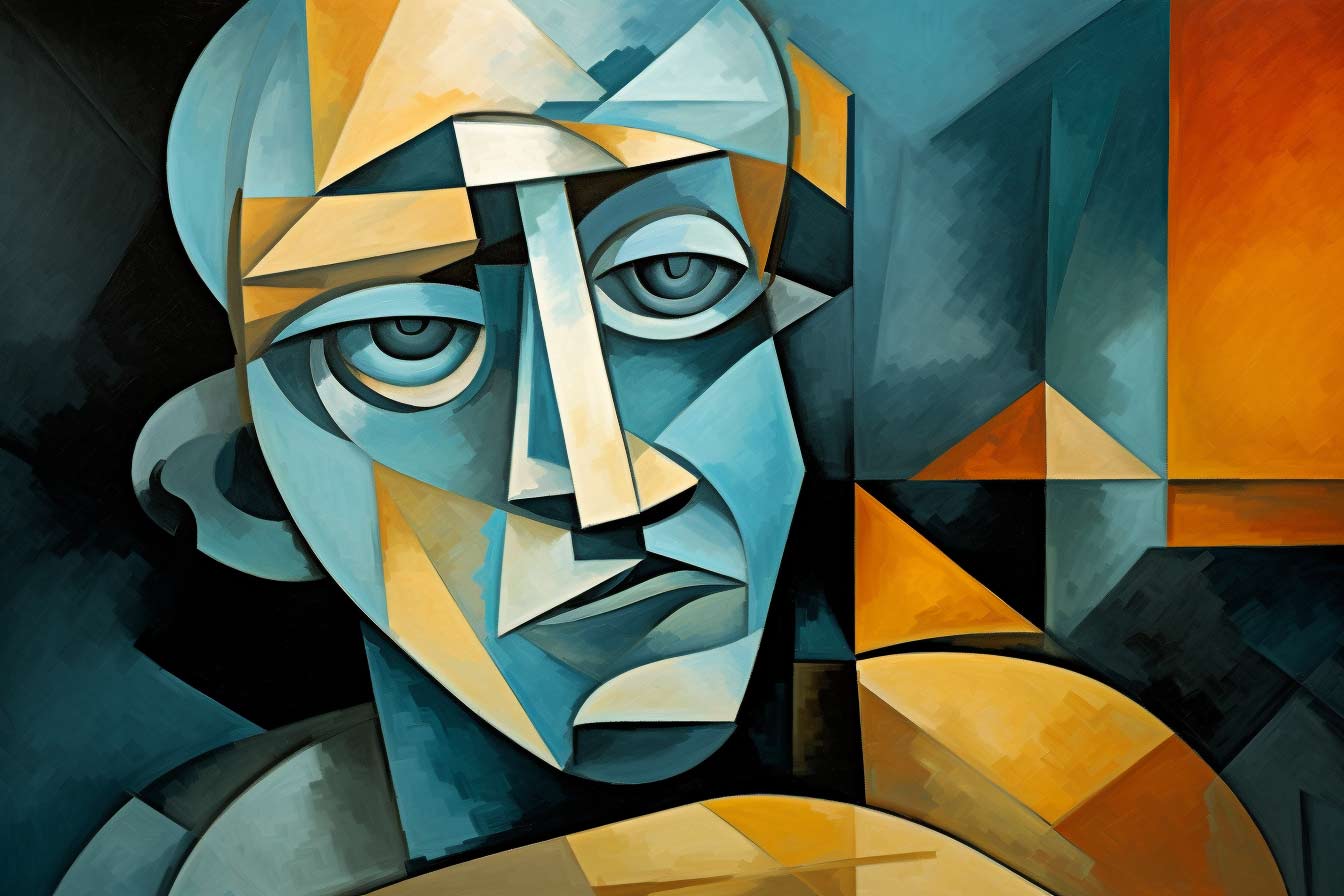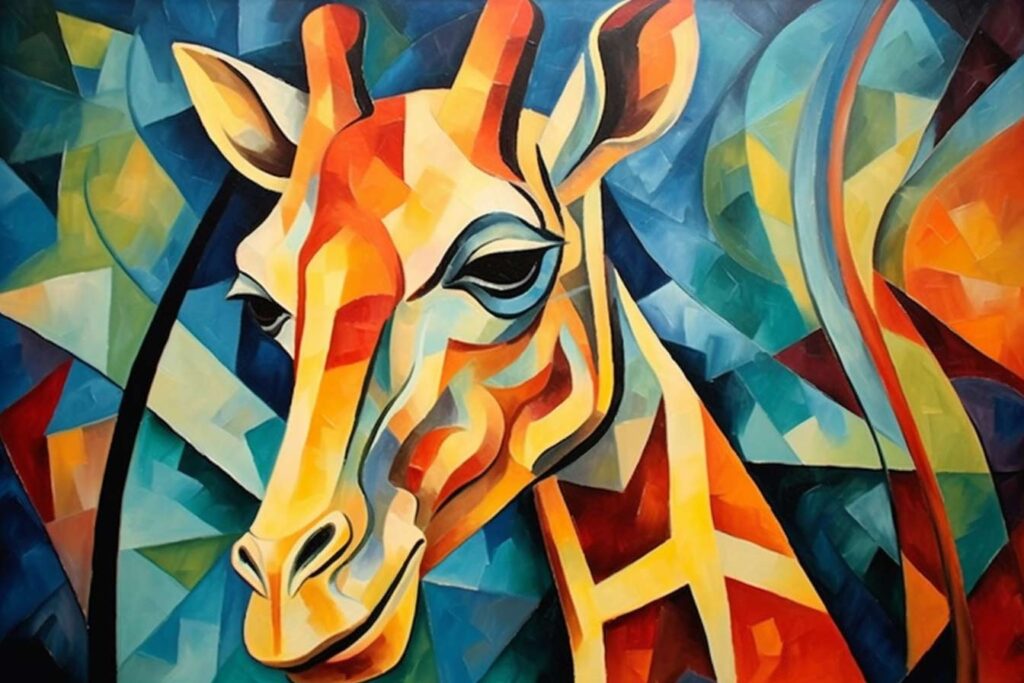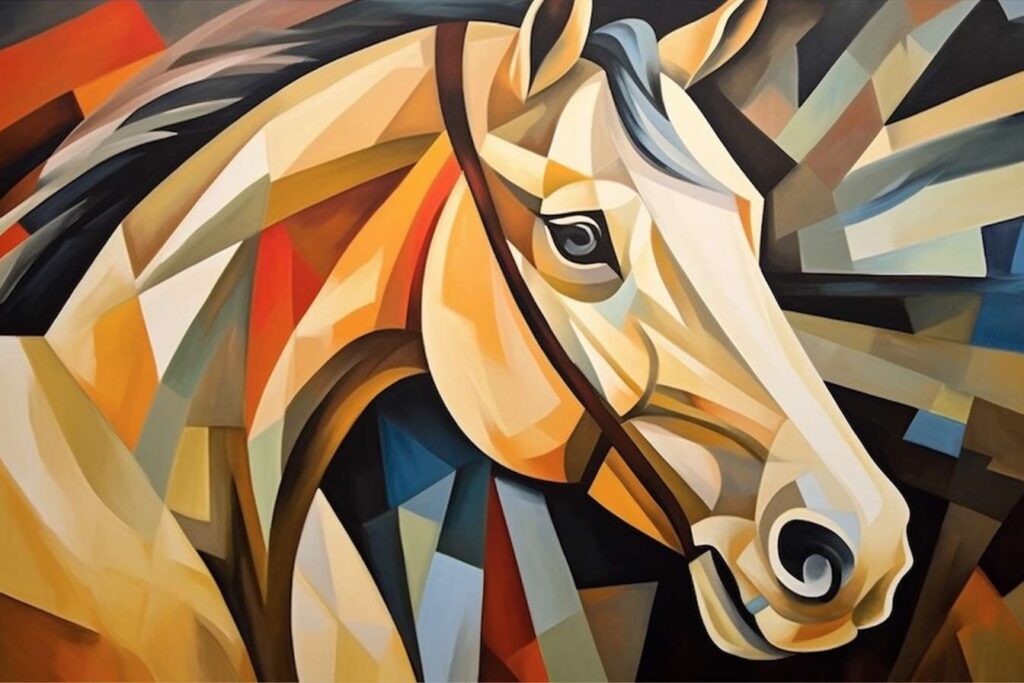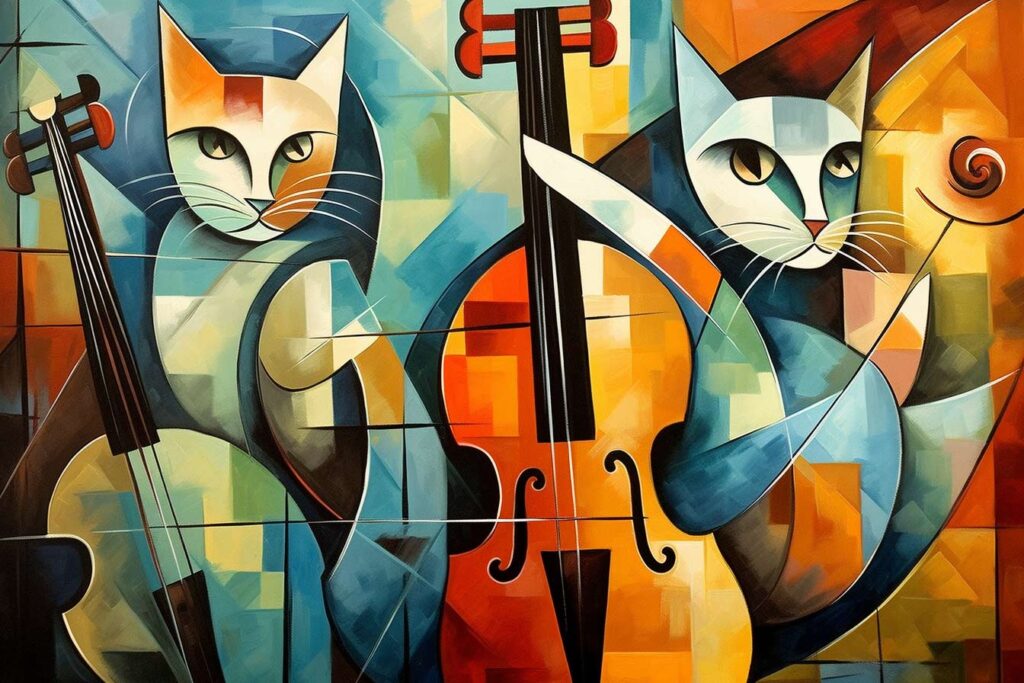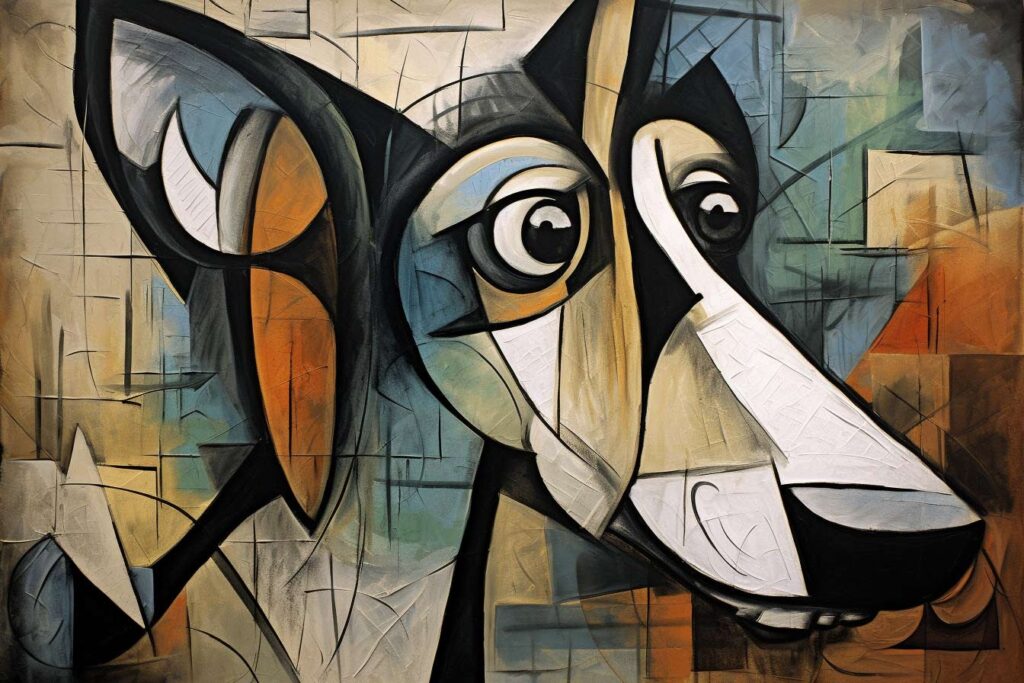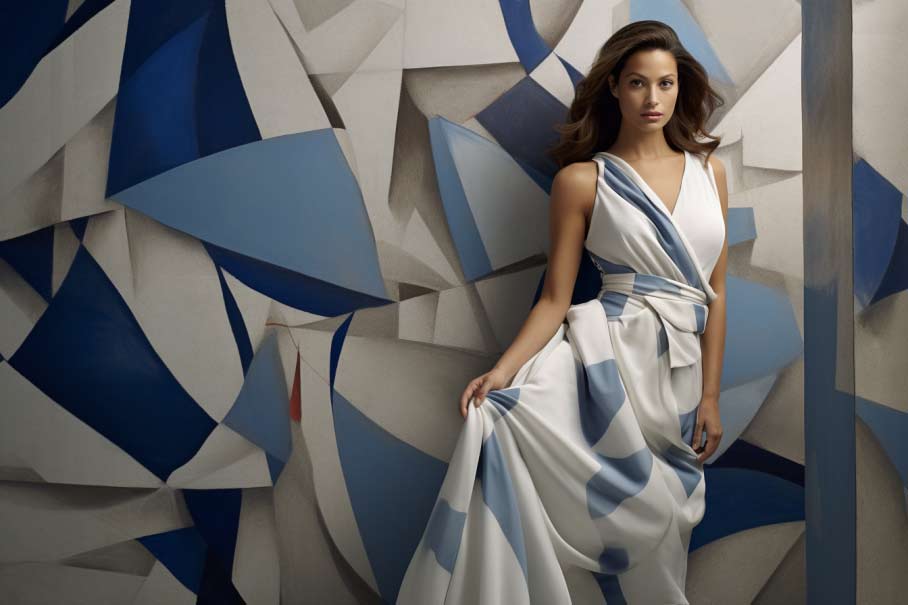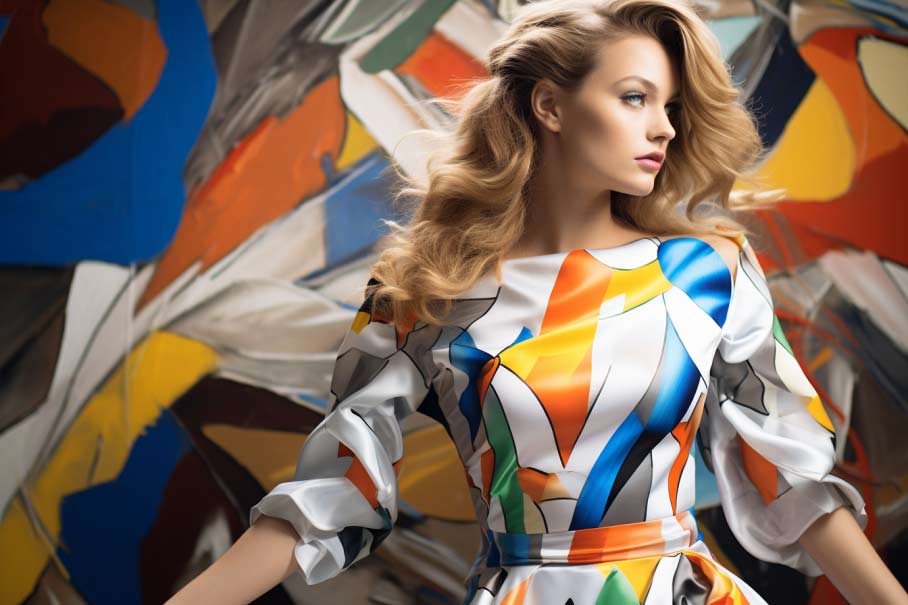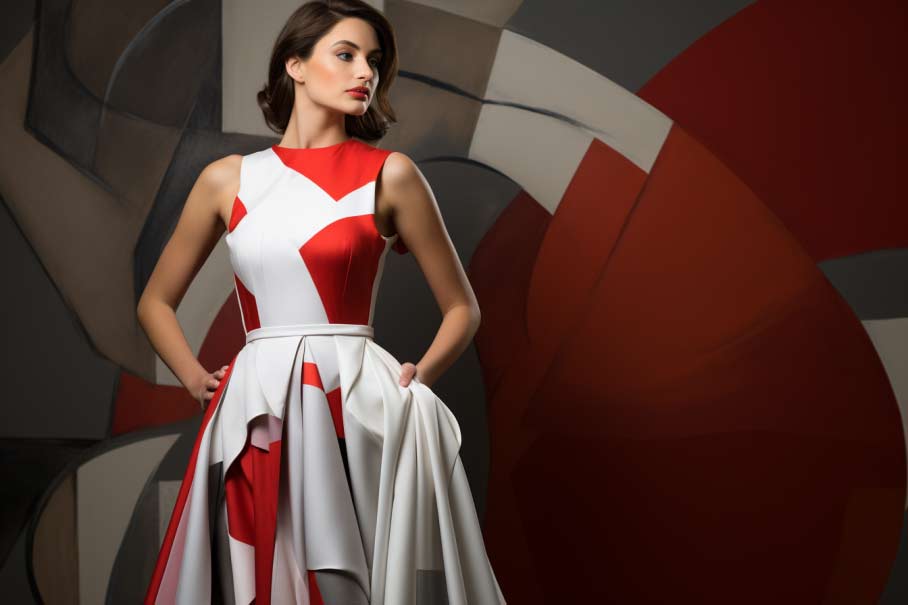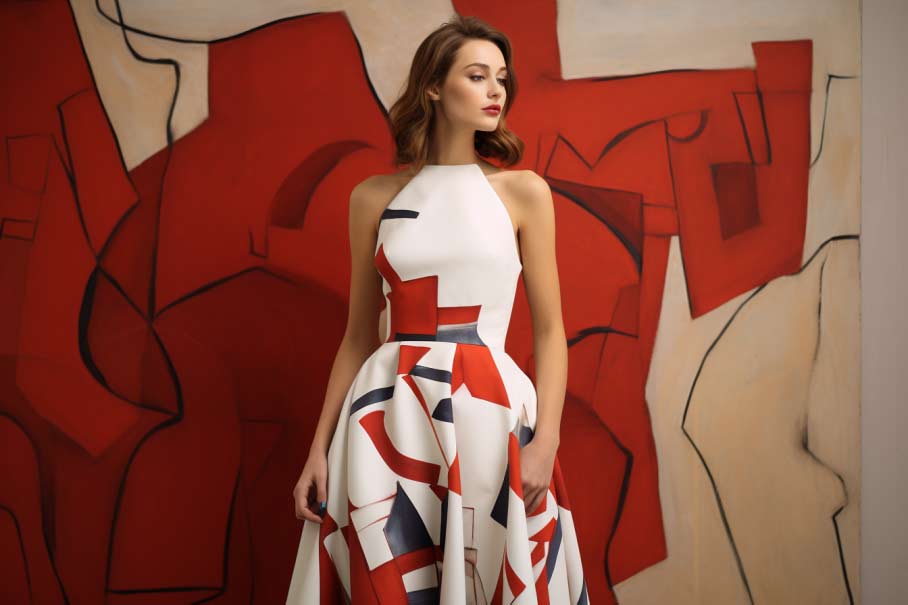Cubism Bot
Explore beyond the biographies. Whether you’re fascinated by Cubist techniques, symbolism, or its impact on modern art—you now have a dedicated space to ask questions and dive deeper into its legacy.
➡️ Begin your journey with a few free questions.
A Life Between Planes and Perspectives
In a small corner of Argenteuil, France, on May 13, 1882, Georges Braque was born, destined to become a quiet yet undeniable protagonist of 20th-century art. From an early age, Braque showed a special talent for art, a passion inherited from his father, Charles Braque, a professional painter and decorator.
Painting and manual work captured his attention from a young age. Braque moved to Le Havre to study at the École des Beaux-Arts. But like the waters of the nearby English Channel, the young artist felt a calling beyond the shores of his home. Paris, the capital of art, awaited him.
Braque, equipped with brushes and canvas, set out on his journey to the French capital, where he studied under masters like Bonnat. However, it would be the vibrant Parisian art scene, with its multiple facets and colors, that would shape and challenge his view of art.
In his early years in Paris, he was drawn to the bold brushstrokes of the Fauvists. But soon, his relationship with Pablo Picasso would change the course of art history. Together, they explored a new world of shapes and perspectives, laying the foundations of Cubism. This era was not only a break from tradition but a complete reinvention of how art could represent reality.
Ten Emblematic Works of Georges Braque’s Cubism:
- Houses at L’Estaque (1908): Description: A landscape with houses that blend with the sky and earth through a geometric mosaic.
- Viaduct at L’Estaque (1908): Description: Bridges and structures formed by cubes and intersecting shapes.
- Portuguese (1911): Description: Portrait of a man with a ruffled collar, merged with letters and fragments.
- Man with a Guitar (1911-1912): Description: Male figure blurred among geometric shapes, where the guitar becomes the link between the subject and space.
- The Candlestick (1911): Description: Still life showing a candlestick transformed into a puzzle of shapes.
- Fruit Dish and Glass (1912): Description: A collage incorporating newspaper, giving depth to the fruits and the glass.
- The Clarinet (1912): Description: An instrument that seems to float in space, composed of multiple shapes.
- Still Life with Violin and Pitcher (1910): Description: A violin and a jug intertwine in a symphony of geometry.
- Black Fish (1942): Description: A fish emerging from a dark background, represented by simplified and strong shapes.
- The Studio (1949): Description: An indoor space showing the artist’s studio, with everyday objects transformed into Cubist patterns.
In his later years, Braque further explored the limits and possibilities of art, merging painting and sculpture into unique and bold forms. His legacy, however, will forever be tied to Cubism, a revolution that forever changed the way we see the world.
On August 31, 1963, in Paris, Georges Braque left this earthly world. But his artistic legacy continues to live on, inspiring generations to look beyond the obvious and seek the hidden essence in the corners of reality.
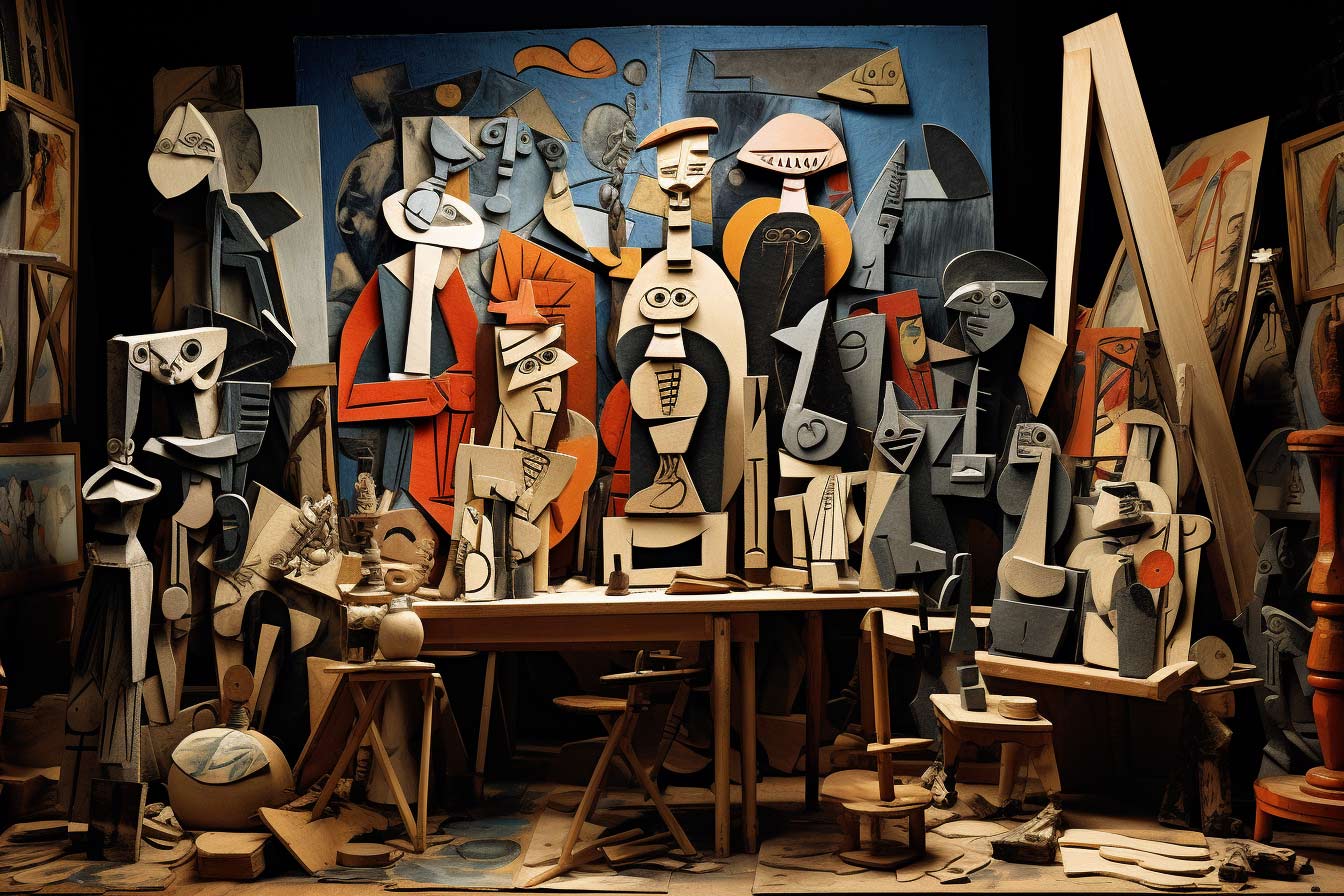
CUBISM FASHION IDEAS
Photographs that showcase how artificial intelligence algorithms can bring cubist aesthetics to life in contemporary fashion. Explore and discover avant-garde looks generated by AI that combine the best of art and style. Get inspired and enjoy!
